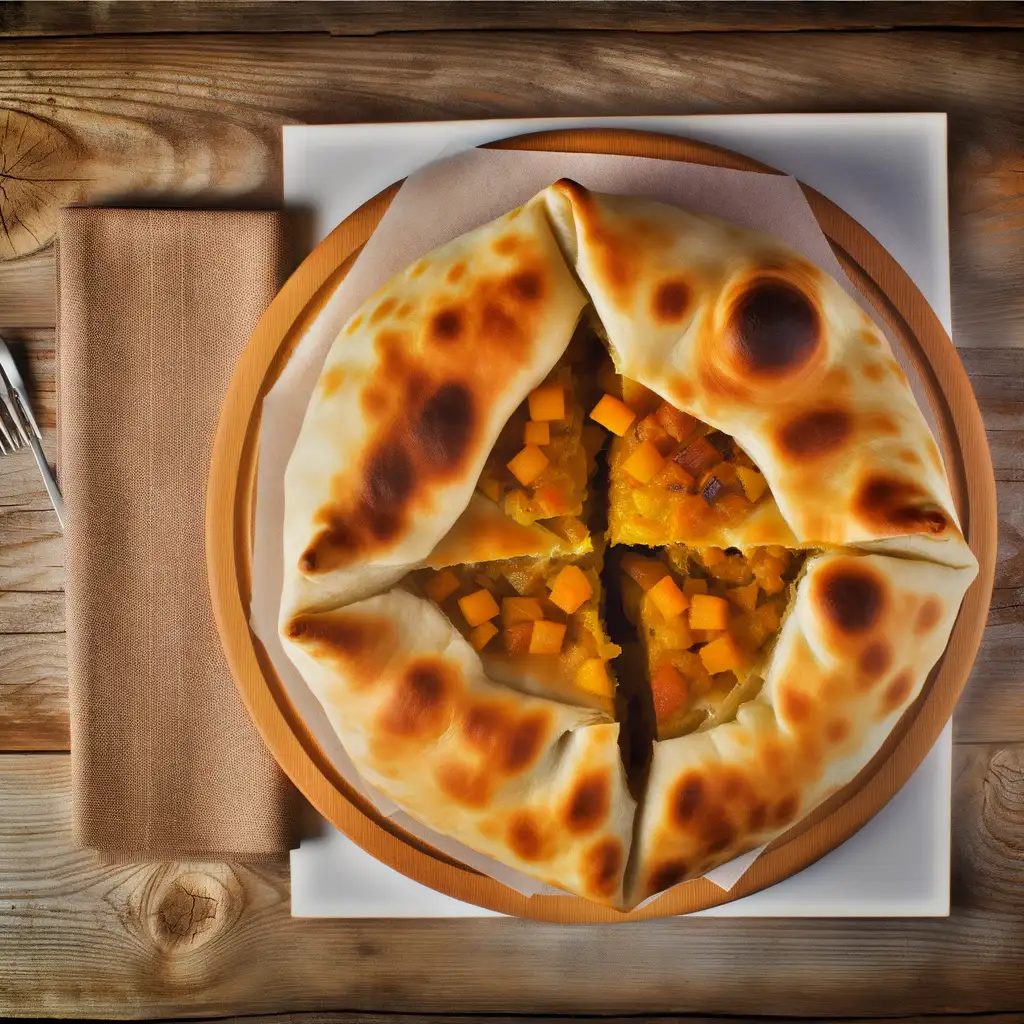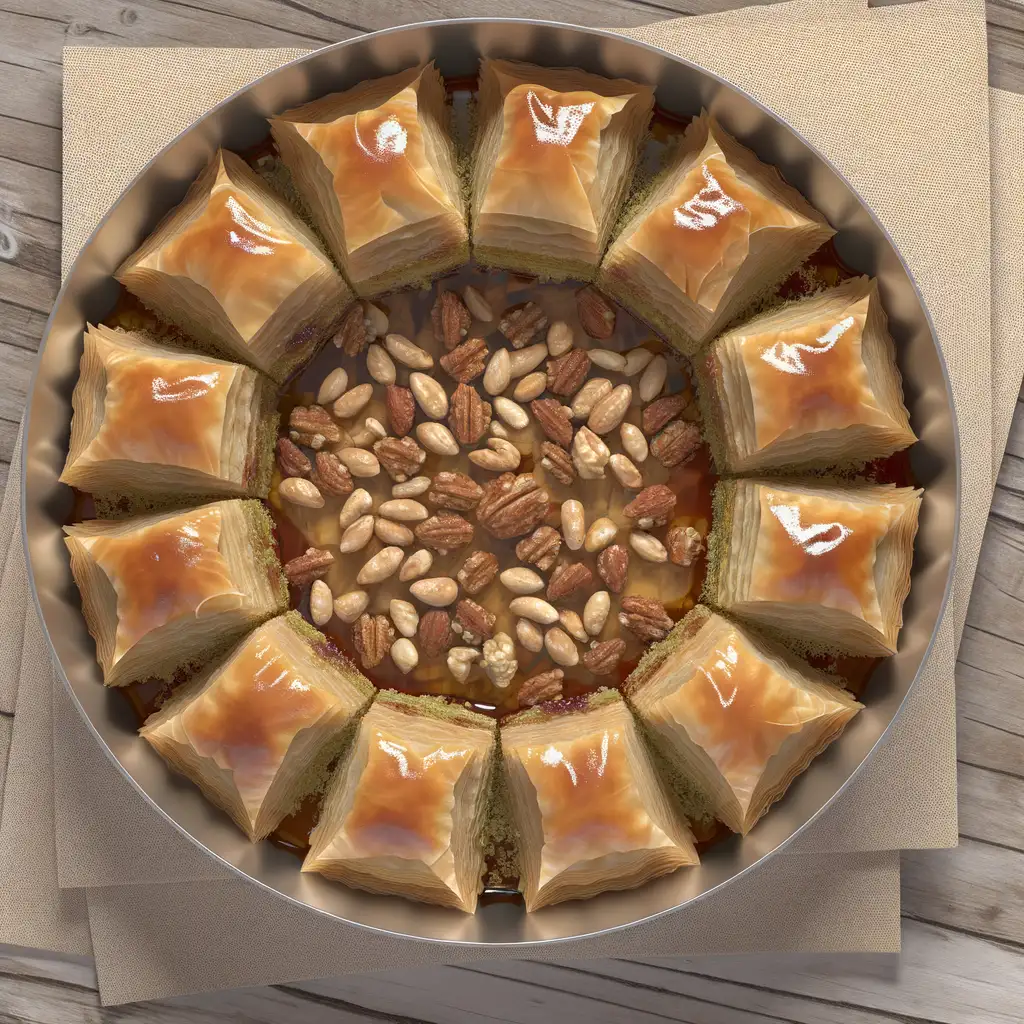



If you ever find yourself wandering through Bosnia and Herzegovina,Hercegovačko-Neretvanski Kanton is a place that wraps around you like a warm,familiar hug. The moment you step into this region,you’re greeted by the gentle murmur of the Neretva River weaving through the landscape,its waters shimmering under the sun like liquid emeralds. The air carries a mix of fresh mountain breeze and the earthy aroma of ripe figs and freshly baked bread from local bakeries,inviting you to slow down and savor the moment. This canton pulses with a unique blend of cultures,where Ottoman influences meet Mediterranean charm. In towns like Mostar,the iconic Stari Most bridge arches gracefully over the river,a symbol of resilience and connection. Walking through the cobbled streets,you’ll hear the lively chatter of locals,the clinking of coffee cups,and the distant call of a muezzin blending into a soundtrack that feels both ancient and alive. The vibrant markets burst with colors—piles of spices,handwoven textiles,and fresh produce that tell stories of generations. What truly makes Hercegovačko-Neretvanski Kanton unforgettable is its soul. It’s in the laughter shared over a plate of ćevapi,the warmth of a family inviting you to their table,and the sunsets that paint the sky in fiery hues over the rugged hills. This isn’t just a place to visit; it’s a place to feel,to connect,and to carry with you long after you’ve left.
The information on this page is currently being reviewed by Tripkliq and should be used as a guide only
Eng word: Hello
Eng pronunciation: Zdra-vo
Local language: Zdravo
Eng word: Goodbye
Eng pronunciation: Do-vee-jen-ya
Local language: Doviđenja
Eng word: Thank you
Eng pronunciation: Hva-la
Local language: Hvala
Eng word: How much
Eng pronunciation: Ko-lee-ko
Local language: Koliko
Eng word: Toilet
Eng pronunciation: To-a-let
Local language: Toalet
Eng word: Help me
Eng pronunciation: Po-mo-zee mee
Local language: Pomozi mi
Eng word: Yes
Eng pronunciation: Da
Local language: Da
Eng word: No
Eng pronunciation: Ne
Local language: Ne
Eng word: Excuse me
Eng pronunciation: O-pro-stee-te
Local language: Oprostite
The Old Bridge in Mostar, built in the 16th century by the Ottomans, is a UNESCO World Heritage site. It is an iconic symbol of the city and a masterpiece of Ottoman architecture.
Constructed in 1618, the Koski Mehmed Pasha Mosque offers stunning views of the Neretva River and the Old Bridge. It is a beautiful example of Ottoman-era religious architecture.
The Blagaj Tekke, a Dervish monastery, is located at the source of the Buna River. Built in the 16th century, it is a serene and spiritual place surrounded by natural beauty.
Kravica Waterfall, located near the town of Ljubuški, is a stunning natural attraction. The waterfall is a popular spot for swimming and picnicking, especially during the summer months.
Počitelj is a historic village with a well-preserved medieval fortress. The village offers a glimpse into the past with its Ottoman-era architecture and cobblestone streets.
The Old Bazaar in Mostar, known as Kujundžiluk, is a vibrant market area with shops selling traditional crafts, souvenirs, and local delicacies. It is a great place to experience the local culture.
The Herzegovina Museum in Mostar showcases the rich history and cultural heritage of the region. The museum's exhibits include artifacts from various historical periods, including the Ottoman and Austro-Hungarian eras.
The Neretva River is the lifeline of the region, flowing through the city of Mostar. The river is known for its emerald-green waters and is a popular spot for rafting and other water activities.
The Partisan Memorial Cemetery in Mostar is a significant historical site dedicated to the Yugoslav Partisans who fought during World War II. The cemetery is also an architectural landmark designed by Bogdan Bogdanović.
In Hercegovačko-Neretvanski Kanton, the most common Power Adaptor is Type C, Type F.



Cabbage rolls stuffed with a mixture of minced meat and rice, cooked in a savory tomato sauce.

A traditional pastry filled with various ingredients such as cheese, pumpkin, or potatoes, often enjoyed as a snack or appetizer.

A sweet dessert made of layers of filo pastry filled with chopped nuts and sweetened with honey or syrup.

Stuffed onions filled with a mixture of minced meat, rice, and spices, then baked until tender.

A traditional Bosnian dessert made from baked apples stuffed with walnuts, sugar, and cinnamon, often served with whipped cream.

Freshly caught fish, typically trout or carp, grilled to perfection and often served with a side of vegetables or potatoes.

Grilled minced meat sausages, usually made from a mix of beef and lamb, served with somun (flatbread) and onions.
If you ever find yourself wandering through the sun-drenched streets of Dubrovnik,you’ll immediately feel like you’ve stepped into a living storybook. The city’s ancient stone walls rise proudly against the sparkling Adriatic,and as you stroll along the marble-paved Stradun,the salty sea breeze mingles with the scent of fresh pine and blooming bougainvillea. There’s a rhythm here—a gentle hum of life where history and modern charm dance together effortlessly.
Dubrovnik’s character is woven into every corner:the clatter of café cups,the murmur of locals chatting in cozy taverns,and the distant call of seagulls overhead. You can almost taste the city in the air—briny and fresh,with hints of grilled seafood and ripe figs from the markets. Sitting at a seaside restaurant,watching the sun dip behind the fortress walls,you’ll savor dishes bursting with Mediterranean flavors,paired with a glass of crisp Croatian white wine.
What makes Dubrovnik truly special is how it balances its rich past with a vibrant present. The city’s narrow alleys invite exploration,revealing tucked-away galleries,artisan shops,and lively squares where music spills out into the streets. Whether you’re tracing the footsteps of ancient mariners or simply soaking up the golden light on a quiet terrace,Dubrovnik feels like a warm embrace—inviting,timeless,and utterly unforgettable.
If you ever find yourself wandering through Split,it’s like stepping into a living,breathing storybook where ancient history and vibrant modern life dance together effortlessly. The moment you stroll along the Riva promenade,the salty breeze from the Adriatic mingles with the aroma of fresh espresso and grilled seafood wafting from nearby cafés. Locals chat animatedly in the sun-dappled squares,their laughter blending with the distant hum of boats bobbing gently in the harbor. There’s a laid-back energy here that feels both timeless and alive,inviting you to slow down and soak it all in.
Split’s heart beats strongest in Diocletian’s Palace,a sprawling Roman fortress that’s less a museum and more a neighborhood where people live,shop,and gather. Walking through its ancient stone alleys,you’ll catch glimpses of colorful markets,artisan shops,and cozy taverns tucked into centuries-old walls. At night,the city transforms as lanterns flicker on,and the sound of live klapa singing—traditional a cappella harmonies—drifts through the air,wrapping you in a warm,soulful embrace.
What really makes Split unforgettable is how effortlessly it blends the old with the new. You can savor a plate of fresh octopus salad while watching fishermen haul in their catch,then wander to a rooftop bar for a cocktail as the sun sets behind the islands. It’s a place where every corner tells a story,every meal feels like a celebration,and every moment invites you to become part of its ongoing tale.
If you ever find yourself wandering the Adriatic coast,Kotor is the kind of place that wraps around you like a warm,familiar hug. Nestled beneath towering limestone cliffs and cradled by the shimmering Bay of Kotor,this medieval town hums with a quiet energy that feels both timeless and alive. As you stroll through its labyrinth of narrow cobblestone streets,you’ll catch the scent of fresh sea salt mingling with the earthy aroma of old stone and blooming jasmine. The sound of church bells ringing softly blends with the distant chatter of locals and the gentle lapping of waves against ancient walls.
Kotor’s charm lies in its layers—each corner reveals a story,from the faded frescoes inside centuries-old churches to the vibrant markets where vendors call out,offering ripe figs,olives,and freshly caught seafood. The city’s Venetian architecture,with its weathered facades and ornate balconies,whispers tales of a rich past,while cozy cafes spill out onto sun-dappled squares,inviting you to sip strong Montenegrin coffee or a glass of local wine.
What really stays with you is the feeling of being somewhere that’s both peaceful and full of life. Whether you’re climbing the fortress walls for a breathtaking view of the bay or simply watching the sunset paint the water in shades of gold and pink,Kotor has a way of making you slow down and soak it all in. It’s a place that lingers in your heart long after you’ve left.
Imagine stepping into a sun-drenched town where lavender-scented breezes mingle with the salty kiss of the Adriatic Sea—that’s Hvar for you. From the moment you wander through its ancient stone streets,there’s a relaxed yet vibrant energy that wraps around you like a warm embrace. The sunlight bounces off terracotta rooftops,and the sound of laughter spills out from cozy cafés where locals sip espresso and chat animatedly. It’s a place where history and modern life dance effortlessly together.
As you stroll along the harbor,sleek yachts bob gently beside fishing boats,and the air carries the faint aroma of grilled seafood and fresh herbs. The town’s medieval walls and the imposing fortress overlooking the bay tell stories of centuries past,while the lively markets burst with ripe figs,olives,and sun-ripened tomatoes. At sunset,the sky blazes in shades of pink and gold,and the waterfront buzzes with music drifting from open-air bars,inviting you to linger just a little longer.
What makes Hvar truly special is its blend of authenticity and joie de vivre. It’s not just a place to see but a place to feel—whether you’re savoring a glass of local Plavac Mali wine,exploring hidden coves by boat,or simply watching the world go by from a shaded terrace. Hvar’s charm lies in its ability to make you slow down,breathe deeply,and soak in the simple pleasures of life by the sea.
Imagine stepping into a place where every narrow cobblestone street whispers stories from centuries past,and the salty breeze from the Adriatic Sea mingles with the scent of fresh pine and blooming bougainvillea. That’s Trogir for you—a charming,sun-drenched town that feels like a living museum but with a lively,warm heartbeat. As you wander through its maze of medieval alleys,you’ll catch glimpses of ancient stone buildings,ornate churches,and cozy cafés spilling out onto tiny squares where locals sip espresso and chat animatedly.
The vibe here is effortlessly relaxed yet rich with history and culture. You can hear the gentle lapping of waves against the harbor,the distant call of seagulls,and the soft murmur of conversations in Croatian,Italian,and English. At sunset,the golden light bathes the old town in a magical glow,making it the perfect time to savor a plate of fresh seafood—imagine tasting the briny sweetness of grilled fish paired with a crisp local white wine while watching fishing boats bob gently in the harbor.
What makes Trogir truly special is how it balances its deep-rooted heritage with a welcoming,unpretentious spirit. It’s not just a place to see but a place to feel—where history,nature,and everyday life blend seamlessly. Whether you’re exploring the fortress walls,browsing artisan shops,or simply sitting by the water with gelato in hand,Trogir invites you to slow down and soak in its timeless charm.
If you ever find yourself wandering the Dalmatian coast,Zadar is one of those places that sneaks up on you with its quiet charm and unexpected magic. The moment you step onto its ancient stone streets,there’s this warm,timeless feeling—like the city is gently humming a tune just for you. The salty breeze from the Adriatic mingles with the scent of fresh pine and blooming jasmine,wrapping around you as you stroll along the waterfront. It’s a place where history isn’t just in museums; it’s alive in the crumbling Roman ruins,the medieval churches,and the lively squares where locals gather to chat and sip coffee.
What really sets Zadar apart is its playful spirit. You’ll hear it in the waves as they dance through the Sea Organ,an extraordinary installation that turns the sea’s movement into haunting melodies. And just a few steps away,the Sun Salutation lights up the night with a mesmerizing display of colors,making the waterfront feel like a celebration of nature and art. Grab a seat on the stone benches,watch the sun dip below the horizon,and you’ll understand why Alfred Hitchcock once called Zadar the most beautiful sunset in the world.
The city’s vibe is relaxed but vibrant,with cozy konobas serving up fresh seafood and local wines that taste like the essence of the region. Whether you’re wandering through the bustling market,exploring narrow alleys,or simply soaking in the views from a café terrace,Zadar invites you to slow down,breathe deeply,and savor every moment.
Tourists may be offered substandard or non-existent accommodations after paying in advance, especially through unofficial booking channels.
Tourists may be given incorrect exchange rates or counterfeit currency at unofficial exchange offices or by street vendors.
Scammers may pose as charity workers, asking tourists for donations to fake causes or organizations.
Unlicensed individuals may pose as tour guides, offering subpar or inaccurate tours while charging high fees.
Some taxi drivers may not use the meter or claim the meter is broken, charging tourists inflated prices for short distances.
Crowded tourist spots, markets, and public transportation are common areas where pickpockets target unsuspecting tourists.
Some restaurants may add hidden fees or inflate prices on the bill, especially if the menu is not clear or in the local language.
Vendors may sell counterfeit goods or charge exorbitant prices for souvenirs, especially in tourist-heavy areas.
The possession, use, and distribution of illegal drugs are strictly prohibited in Hercegovačko-Neretvanski Kanton, Bosnia and Herzegovina. The country has stringent drug laws, and violations can result in severe penalties, including fines and imprisonment. Tourists should avoid any involvement with illegal drugs to ensure a safe and trouble-free visit.
In Hercegovačko-Neretvanski Kanton, Bosnia and Herzegovina, smoking is generally prohibited in enclosed public spaces, including restaurants, bars, and public transportation. There are designated smoking areas in some establishments, but it is advisable to look for signs or ask staff. Smoking is also restricted in certain outdoor areas, such as playgrounds and sports facilities.
Vaping regulations in Hercegovačko-Neretvanski Kanton are similar to those for smoking. Vaping is not allowed in enclosed public spaces and public transportation. Some establishments may have designated areas for vaping, but it is best to check for signs or inquire with the staff. Vaping in outdoor public spaces is generally more tolerated, but it is courteous to avoid vaping in crowded areas.
What are other people saying about Hercegovačko-Neretvanski Kanton?
Recent Social posts about Hercegovačko-Neretvanski Kanton
There is nothing to show you for now.